Cover Crops Chickens Eat: Using Cover Crops For Chicken Feed
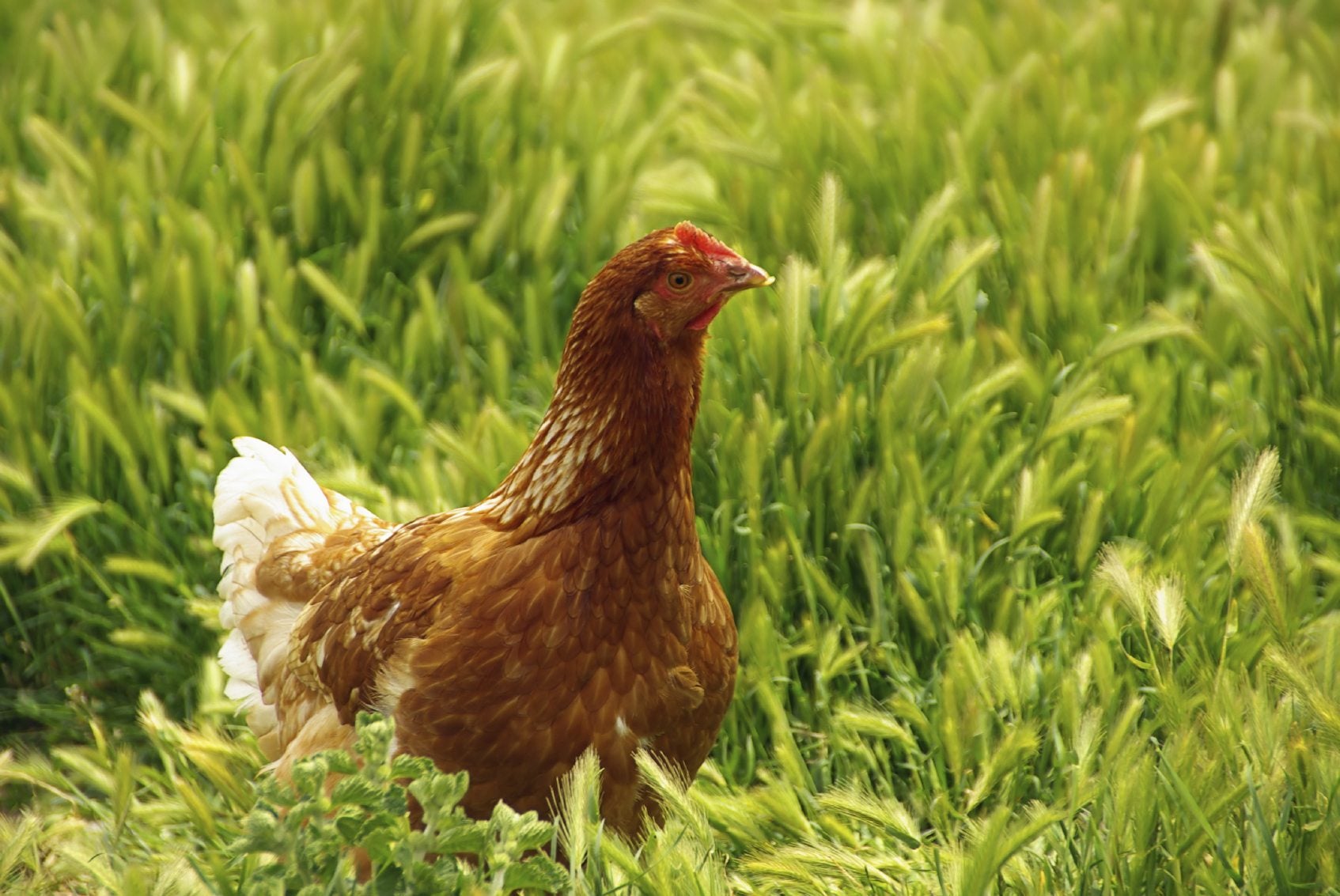
Got chickens? Then you know that whether they are in an enclosed pen, a well-layered landscape, or in an open environment (free-range) such as a pasture, they require protection, shelter, water, and food. There are many options for providing these necessities to your chickens, but an environmentally friendly, sustainable, low impact method is by growing cover crops for chickens. So what are the best cover crops for chickens to eat?
Best Cover Crops for Chickens
There are a number of garden cover crops suitable for chicken feed. Among these are:
The height of the cover crop is important since chickens, due to their size, forage at a different height than other livestock. Chicken cover crops should be no taller than 3-5 inches (7.5 to 13 cm.) tall. When plants grow over 5 inches (13 cm.) tall, the carbon amount in their leaves increases and are less digestible for chickens. Of course, chickens can over forage an area as well bringing the cover crop down to less than 2 inches (5 cm.), making it difficult to re-grow and replenish. This isn’t always a bad thing, as I discuss below. You can plant just one cover crop for the chickens to eat, create a blend of your own, or purchase poultry pasture seed online. Chickens can be allowed to free-range and may look like they are eating grass (they eat a little) but they are mostly foraging for worms, seeds, and grubs. While that's great, adding in the additional nutrition garnered from foraging on cover crops is even better. Chickens need a diet rich in Omega 3 fatty acids to transfer that source to their eggs, which in turn is good for humans. A combination of grains planted as a cover crop for the chickens to eat broadens the number of nutrients the fowl uptakes and makes for a healthier chicken and, hence, healthier eggs.
Benefits to Growing Cover Crops for Chicken Feed
Of course, growing cover crops for chickens can be harvested, threshed, and stored to feed the chickens, but allowing them to roam and freely forage has distinct advantages. For one thing, you aren’t putting in your labor to harvest and thresh and there is no need to find the space to store the feed. Cover crops such as buckwheat and cowpea are often naturally tilled into the soil while the chickens’ forage, saving you valuable time. It may take a little longer, but avoids the detrimental effects of using fossil fuels and mitigates the damage a power tiller can do to the soil structure. Chickens are a gentler, eco-friendly method to till the crop in. They eat the vegetation, but leave the cover crop roots in place to provide organic matter to microorganisms and increase water retention all while loosening the first top inch (2.5 cm.) or so of the soil. Oh, and the best yet, poop! Allowing the chickens to freely forage for their food among the cover crops also results in the natural fertilization of the field with high nitrogen chicken manure. The resulting soil is nutrient-rich, aerated, well-draining, and, all in all, perfect for planting a successive food crop or another cover crop.
Gardening tips, videos, info and more delivered right to your inbox!
Sign up for the Gardening Know How newsletter today and receive a free copy of our e-book "How to Grow Delicious Tomatoes".

Amy Grant has been gardening for 30 years and writing for 15. A professional chef and caterer, Amy's area of expertise is culinary gardening.
-
 Terrifically Tubular Flowers For Hummingbirds: 9 Tube-Flowered Plants To Attract Hummers
Terrifically Tubular Flowers For Hummingbirds: 9 Tube-Flowered Plants To Attract HummersGrowing tubular flowers for hummingbirds helps you create the optimum feeding conditions for your winged friends. Here are nine tubed delights for hummers
By Tonya Barnett
-
 How To Grow Hydroponic Tomatoes For Fresh Indoor Harvests – No Soil Required
How To Grow Hydroponic Tomatoes For Fresh Indoor Harvests – No Soil RequiredLearning how to grow tomatoes in water is easy and allows you to harvest fresh-home-grown produce in every season without any mess.
By Ellen Wells
-
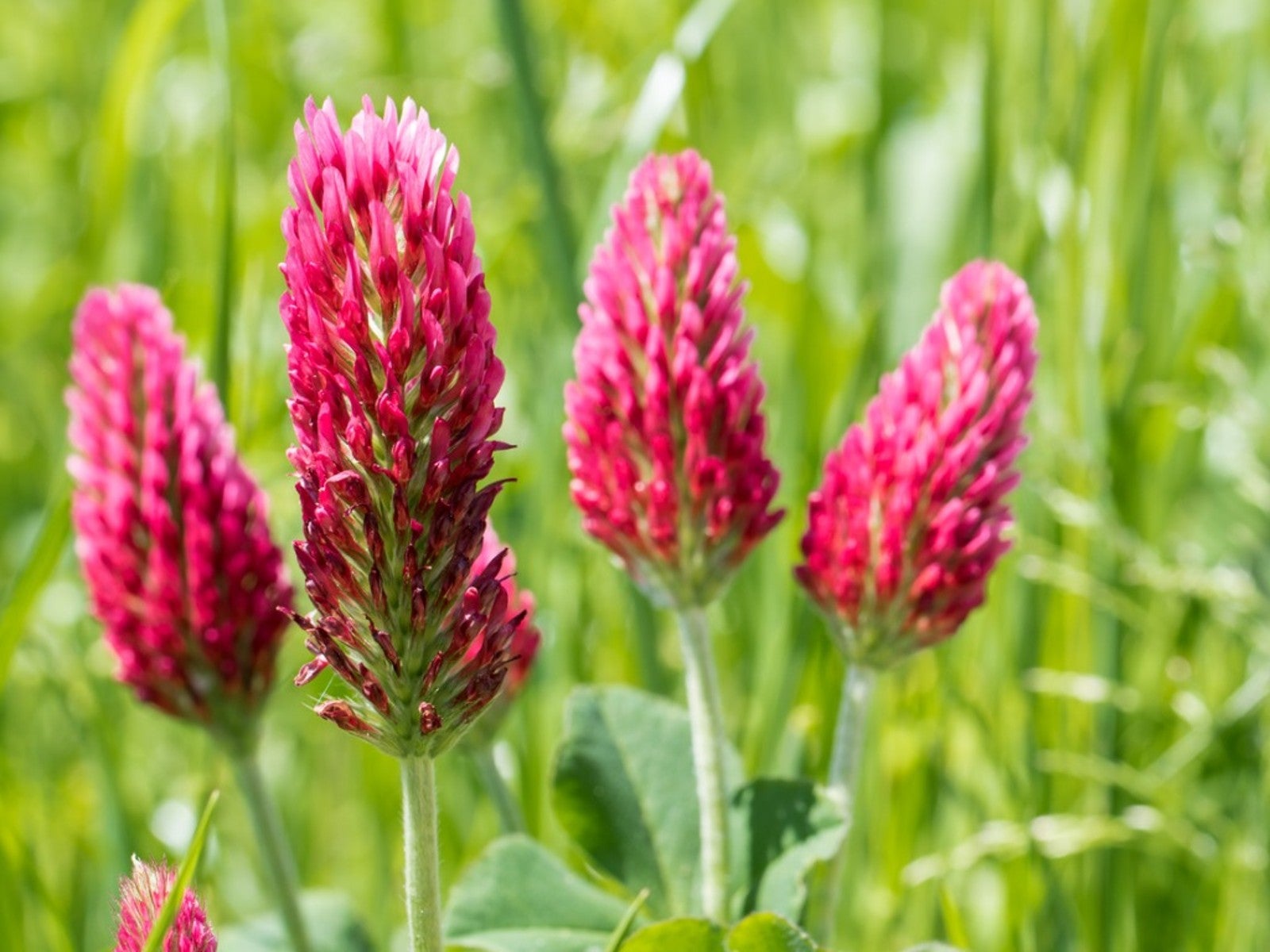 Best Late Summer And Early Fall Cover Crops
Best Late Summer And Early Fall Cover CropsPlanting cover crops is a gift you can give to your garden’s soil. Read on to learn about planting cover crops in late summer.
By Bonnie L. Grant
-
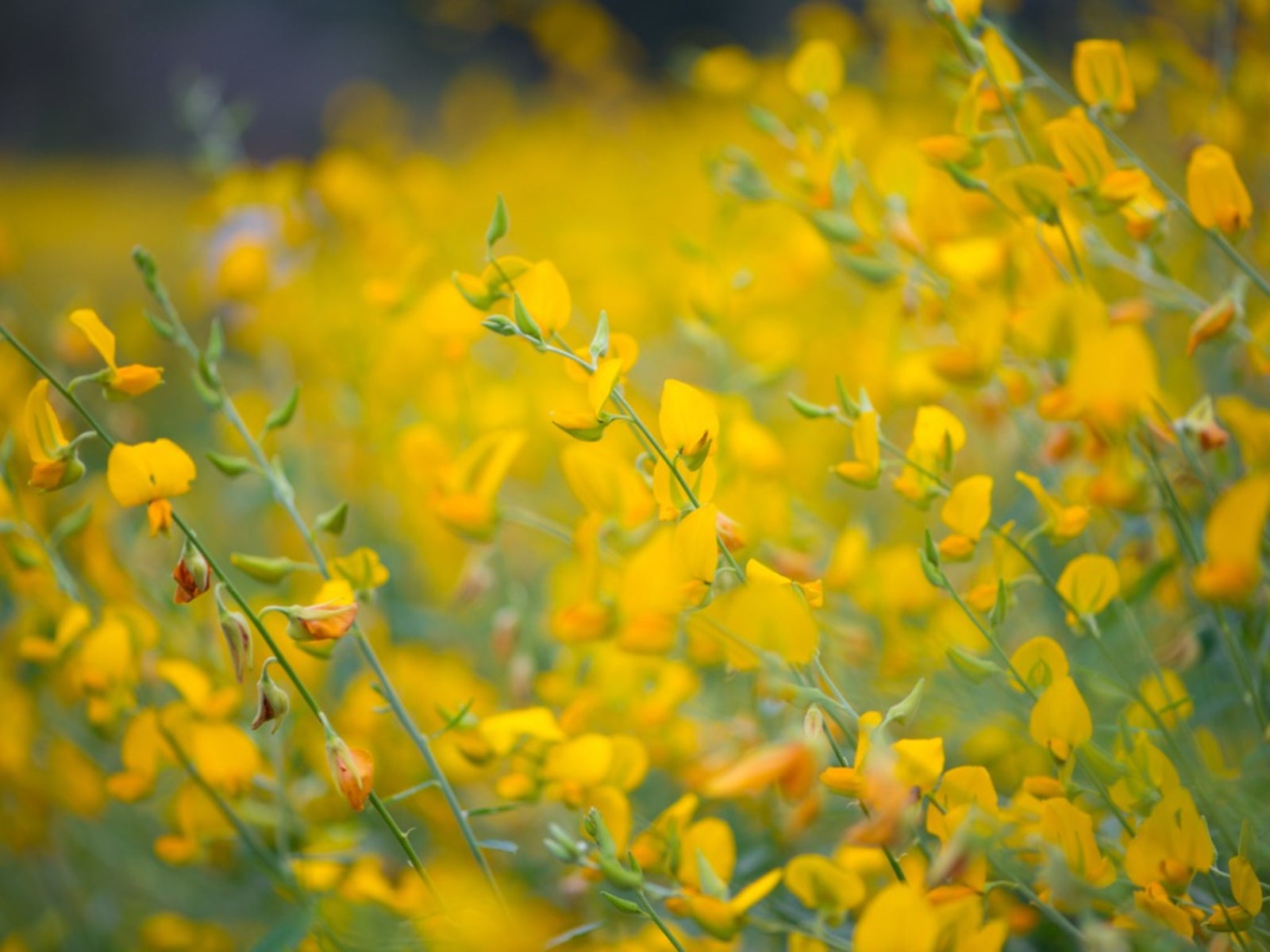 Sunn Hemp Plant Info – Learn Sunn Hemp Uses And Care
Sunn Hemp Plant Info – Learn Sunn Hemp Uses And CareSunn hemp grass is a warm weather grass. Click to learn more about Sunn hemp uses as well as helpful tips on growing Sunn hemp as a cover crop.
By Mary H. Dyer
-
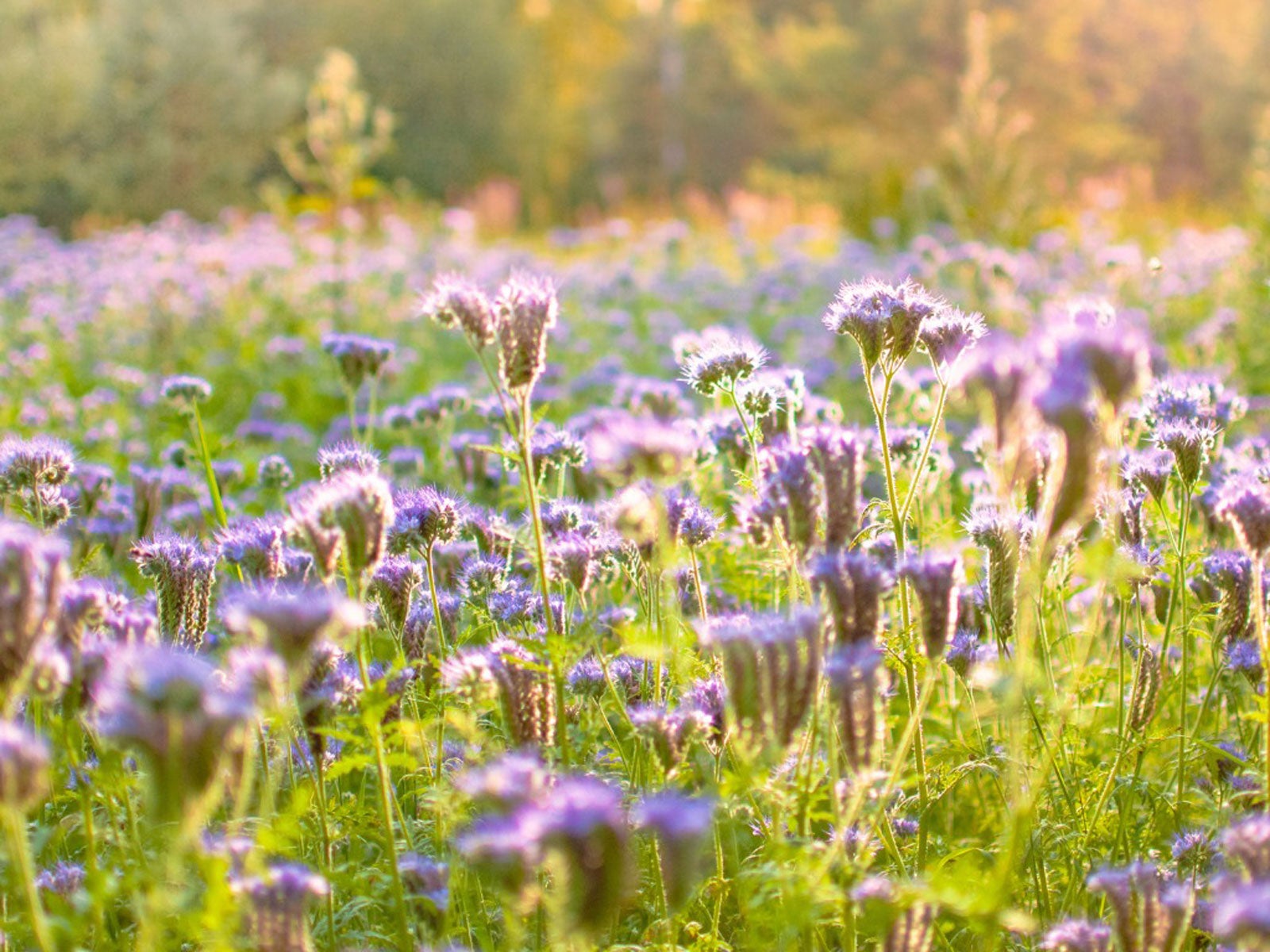 Native Cover Crops: Vegetable Cover Cropping With Native Plants
Native Cover Crops: Vegetable Cover Cropping With Native PlantsAre there any benefits to using native plants as cover crops? Click here to learn more about vegetable cover cropping with native plants.
By Laura Miller
-
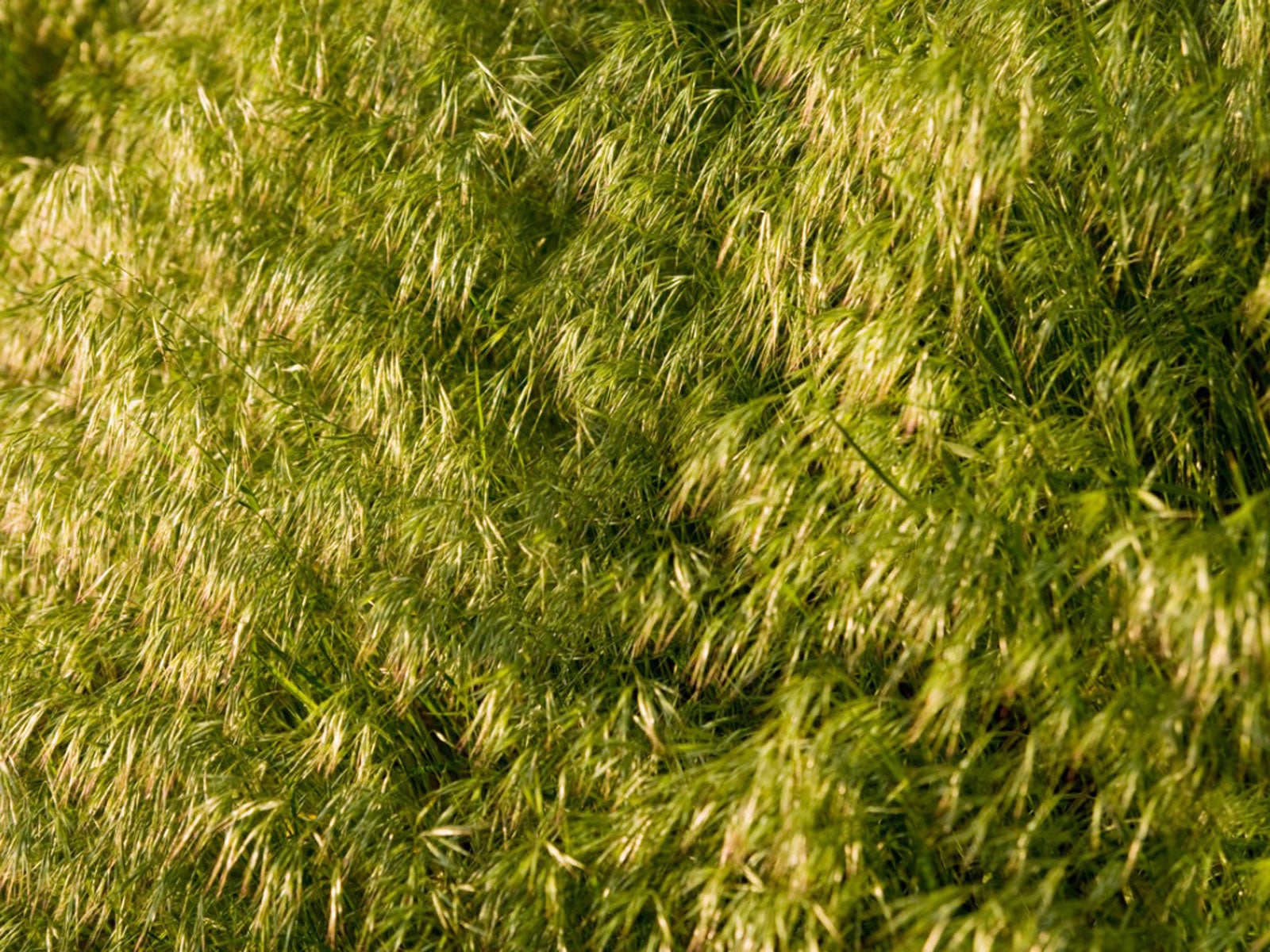 What Is Field Brome – Information About Field Brome Grass
What Is Field Brome – Information About Field Brome GrassField brome grass can be used as a cover crop to control erosion and enrich the soil. For more information, click the following article.
By Laura Miller
-
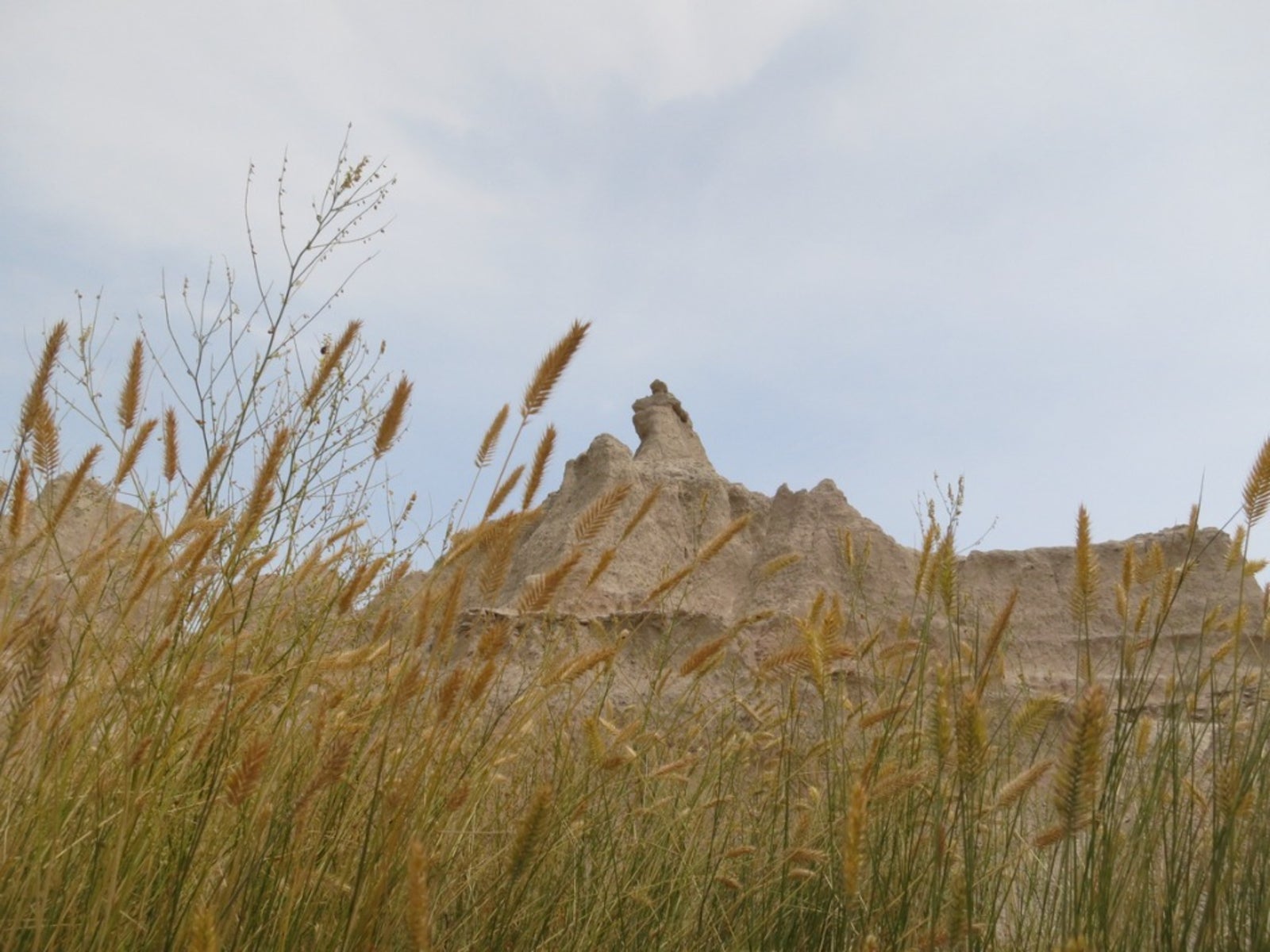 What Is Western Wheatgrass – How To Grow Western Wheatgrass
What Is Western Wheatgrass – How To Grow Western WheatgrassWheatgrass is native to North America and graces the Southwest, Great Plains and mountainous regions of the western U.S. It has some erosion control benefits but using western wheatgrass for grazing is the primary purpose. Learn more about it here.
By Bonnie L. Grant
-
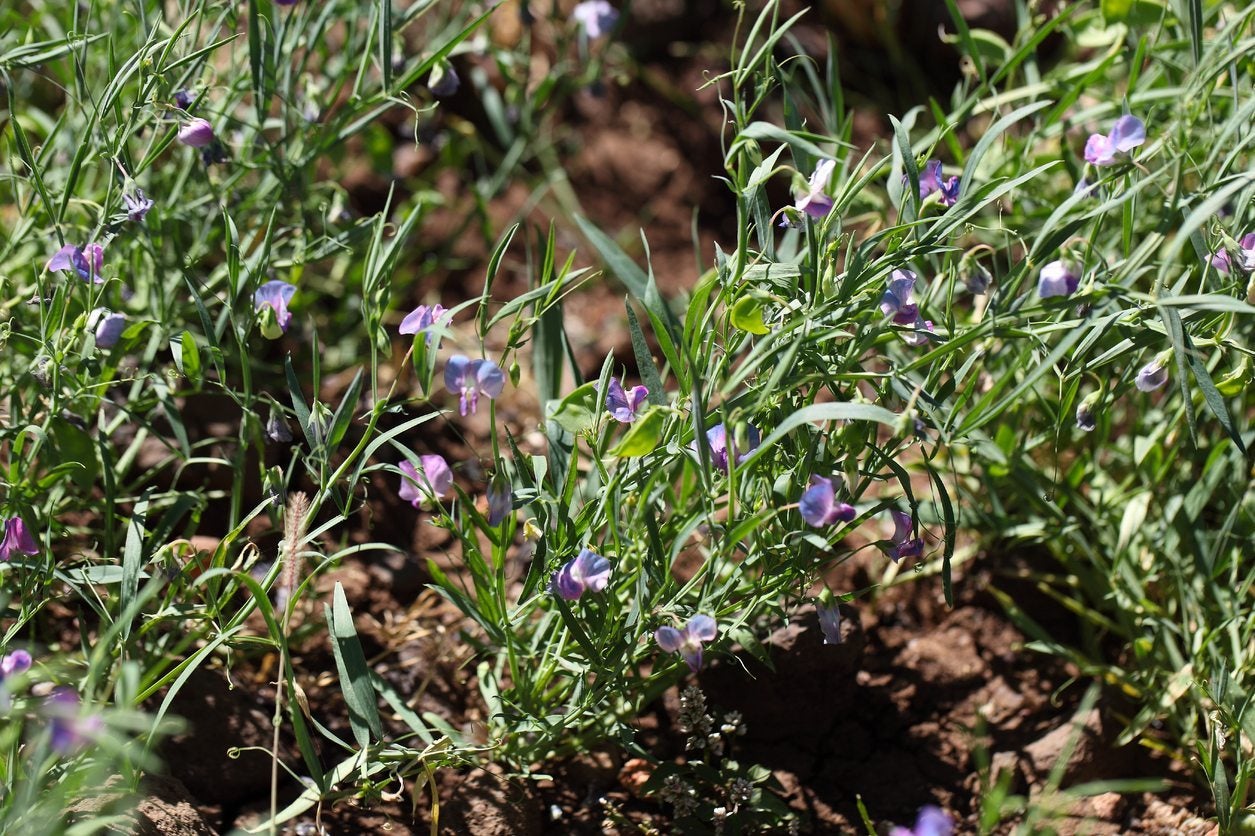 What Is Chickling Vetch – Growing Chickling Vetch For Nitrogen Fixing
What Is Chickling Vetch – Growing Chickling Vetch For Nitrogen FixingWhat is chickling vetch? Also known by various names such as grass pea, white vetch, blue sweet pea, Indian vetch, or Indian pea, chickling vetch is a nutritious legume grown to feed livestock and humans in countries around the world. Learn more about the plant here.
By Mary H. Dyer
-
Establishing Kura Clover: Learn How To Grow Kura Clover Plants
You no doubt have heard about the four-leaf clover, but few gardeners are familiar with kura clover plants. Kura is a forage legume and if you are interested in growing kura as a groundcover or establishing kura clover for some other use, this article will help.
By Teo Spengler
-
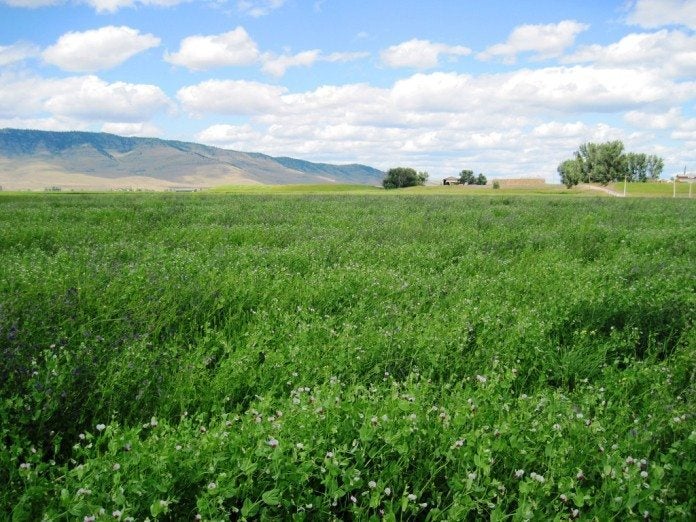 What Are Austrian Winter Peas: A Guide To Growing Austrian Winter Peas
What Are Austrian Winter Peas: A Guide To Growing Austrian Winter PeasWhat are Austrian winter peas? Also known as field peas, Austrian winter peas have been grown around the world for centuries, primarily as a valuable source of nutrition for humans and livestock. Click this article for info on growing Austrian winter peas.
By Mary H. Dyer